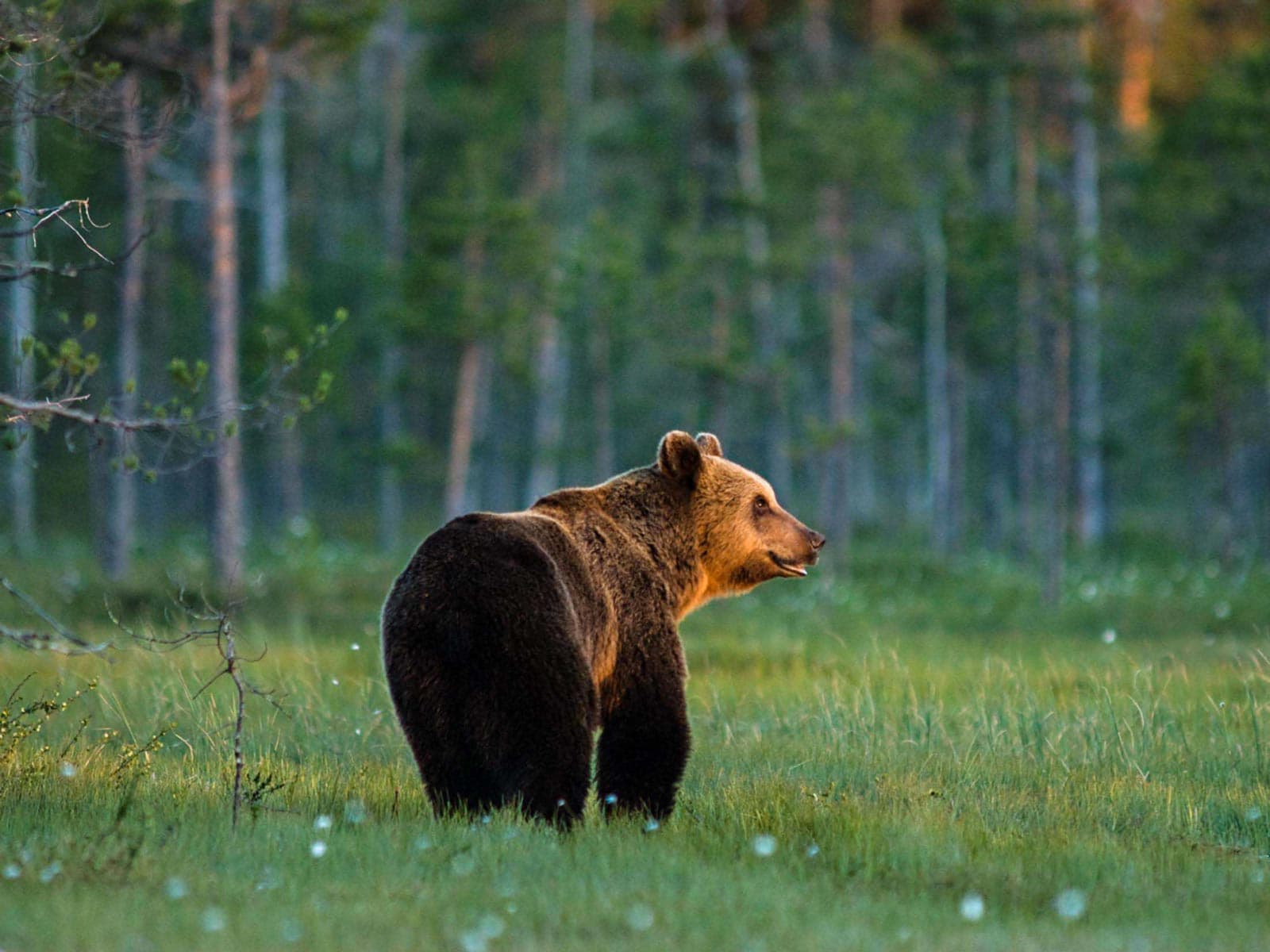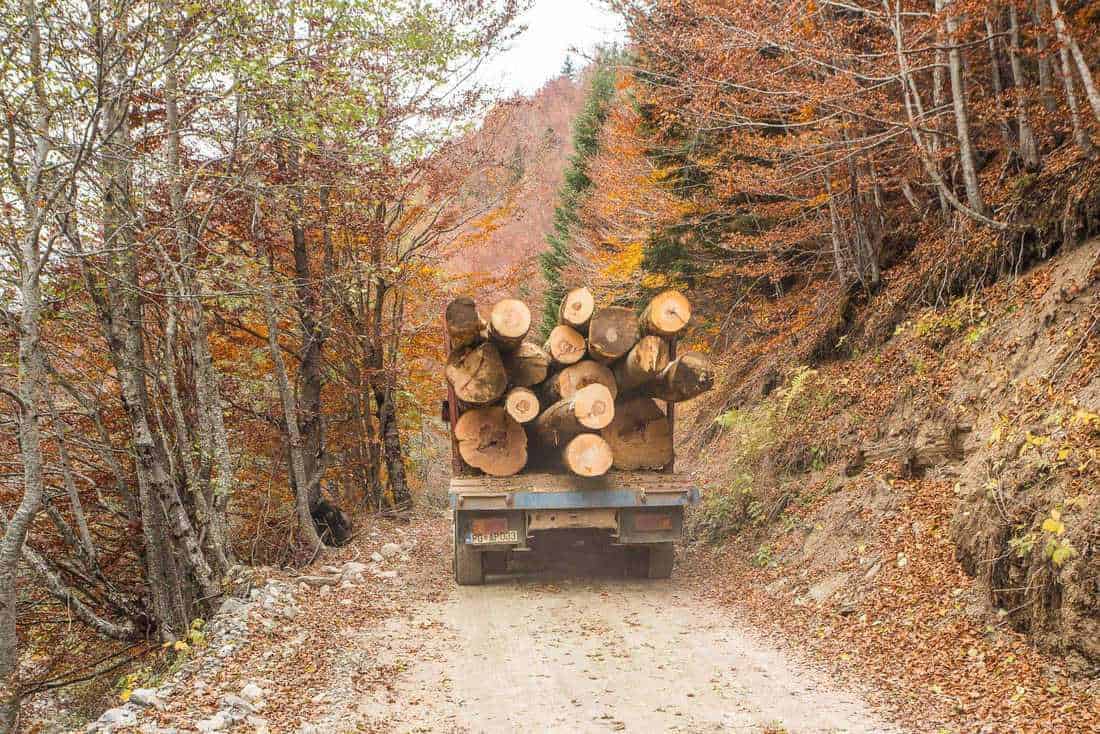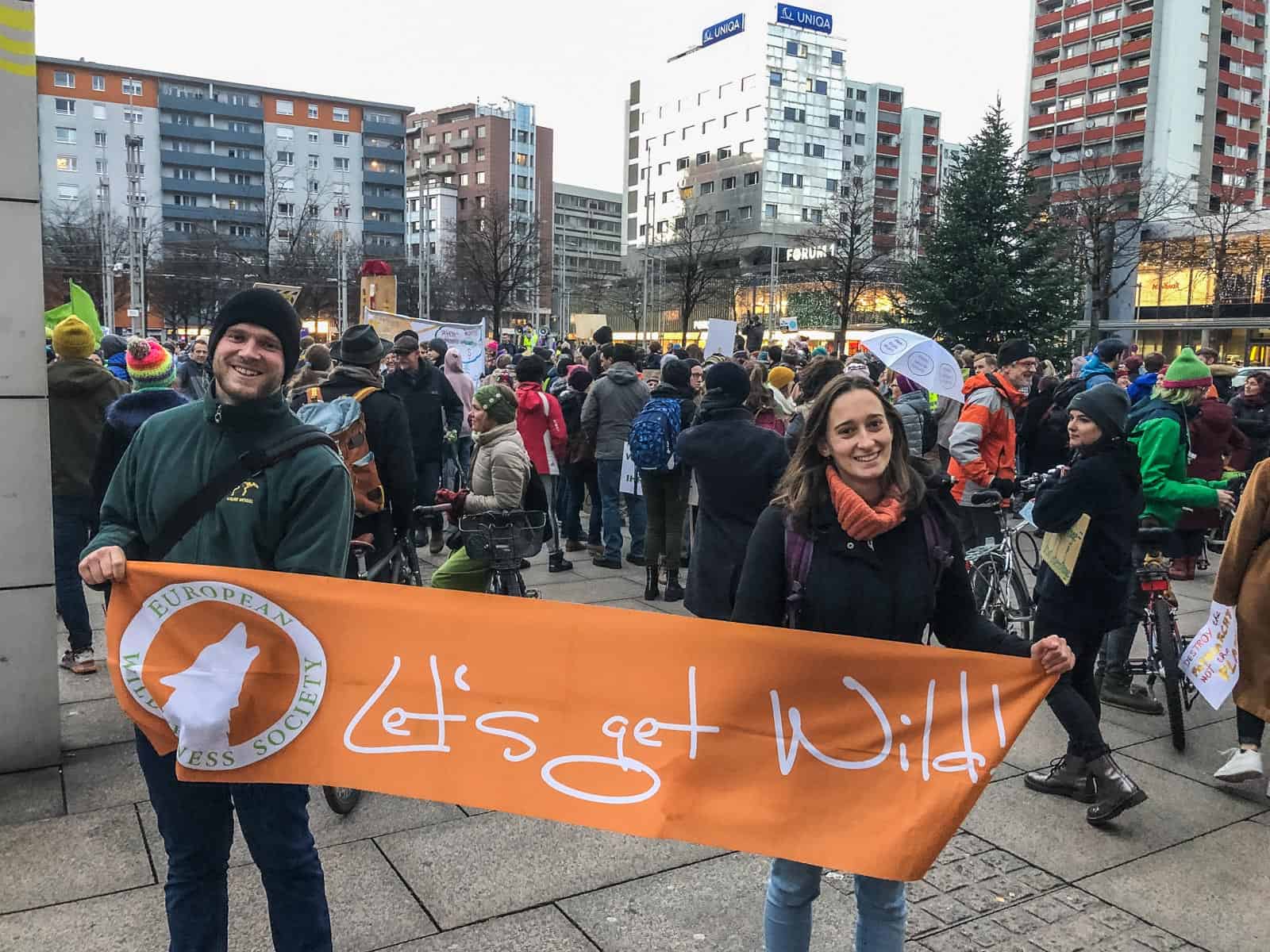Germany misses its Wilderness target
As the old saying goes: clean up your own backyard, change by example. However, this seems like something that has not quite yet got through to the German Government. While Angela Merkel, the Chancellor of Germany, calls for the world to set aside a third of its land for nature protection, Germany is falling considerably short of meeting its own Wilderness target.
Please also read: How much Wilderness is possible in Germany?
In 2007, the Federal Government of Germany set a target to designate 2% of the country as Wilderness by 2020 as part of their National Strategy for Biodiversity. Unfortunately, they have failed to meet this target. Only 0.6% of Germany is classified as Wilderness at the moment. Across all of the German states, none of them have managed to achieve the 2% target.
At the moment we have a share of Wilderness of 0.6% in Germany. That means that from extremely little we have achieved almost nothing.

What is Wilderness in Germany?
The German Government’s own definition of Wilderness is based on the European Definition of Wilderness and places a large emphasis on the size of Wilderness areas. Wilderness areas are areas larger than 1000 ha. However, exceptions are sometimes made for areas as small as 500 ha. The size of a Wilderness area is very important as it helps determine its resilience to natural disturbances. Consequently, larger ecosystems can better survive disasters and disturbances like storms or invasive insect.
In general, German wilderness areas follow the principles of the European Wilderness Definition, as large continuous areas where nature can develop free from human intervention and use. Despite being accessible to low-impact visitors, this definition ensures that nature is still allowed to develop without let or hinderance. Nevertheless, the German Wilderness criteria differ from the European Wilderness Quality Standard and Audit system that the European Wilderness Society uses to assess Wilderness quality across Europe.
When speaking about Wilderness in this article, reference is to the areas meeting the German Wilderness definition. Areas that also meet the European Wilderness Quality Standard and are therefore part of the European Wilderness Network include Hainich WILDForest, Königsbrücker Heide Wilderness, Vilm WILDIsland, and Jasmund WILDCoast.
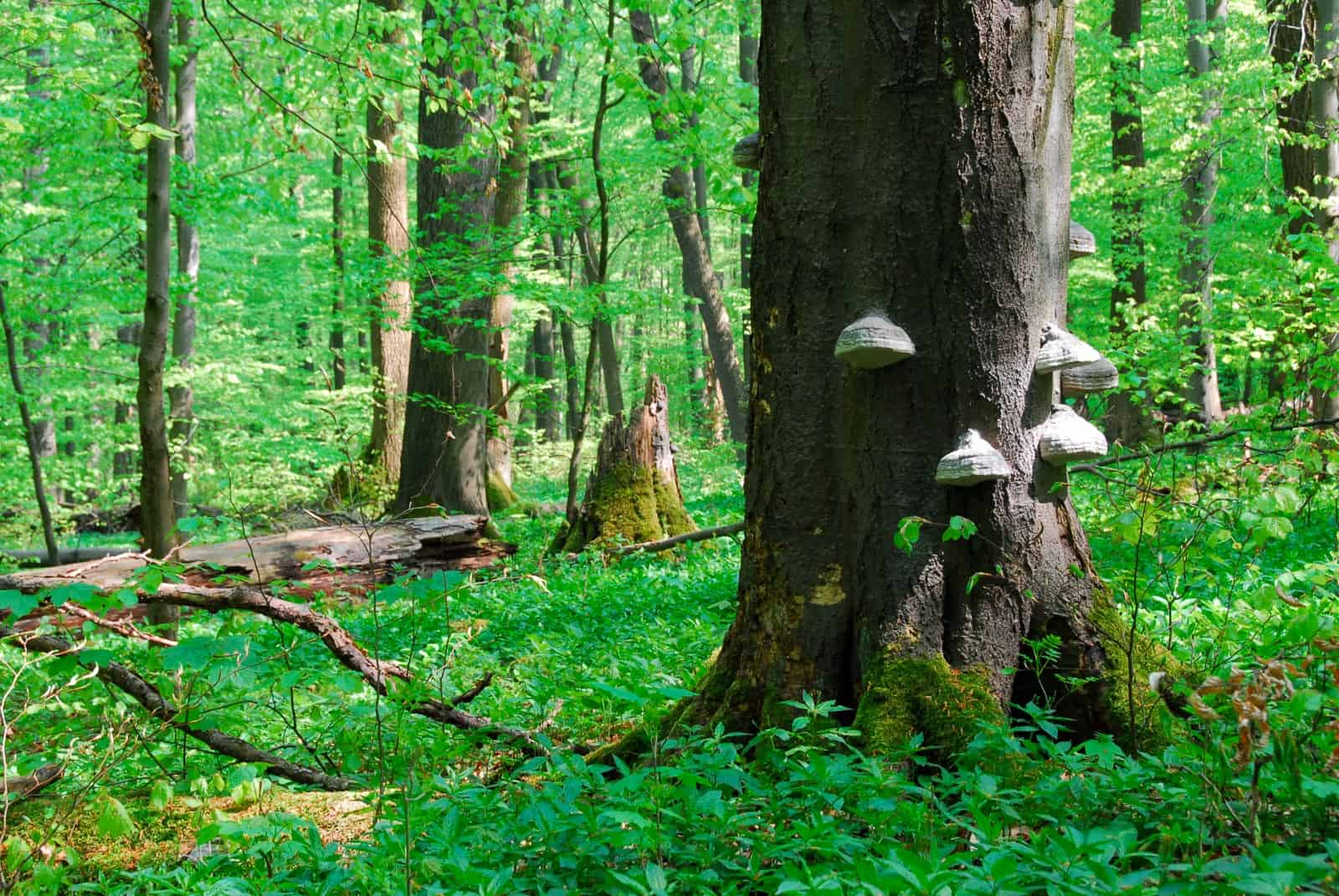
DSC_0039.JPG – © European Wilderness Society CC BY-NC-ND 4.0 
national-park_hainich_wilderness_1778.JPG – © European Wilderness Society CC BY-NC-ND 4.0 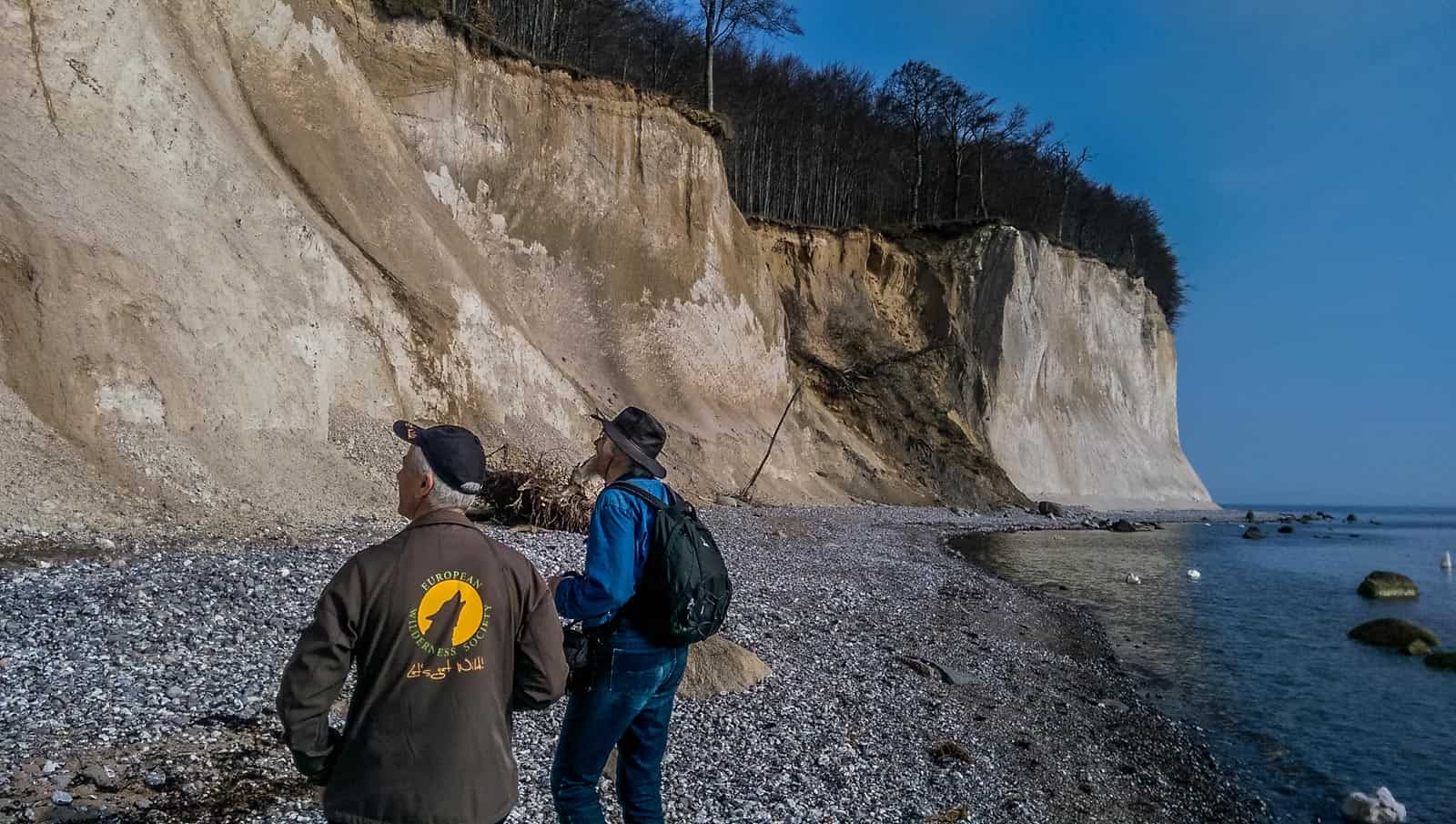
Jasmund National Park-4202.jpg – © European Wilderness Society CC BY-NC-ND 4.0
State(s) of Wilderness
Most Wilderness areas in Germany are located inside the core zones of National Parks. It is thus unsurprising that the most densely populated state, North Rhine-Westphalia, has the lowest percentage of Wilderness across the whole country, coming in with 0.19%, well under the Wilderness target of 2%. The only wilderness here is found in the core zone of Eifel National Park, the only National Park in the state.
Subsequently, you would expect the less densely populated states to make up for this shortfall. For example, in the sixth least densely populated state, Schleswig-Holstein, the State Government claims that 1.9% of the state’s area is made up of Wilderness. However, this figure takes into account all areas larger than 50 ha in size, which is not consistent with the German National Definition of Wilderness. Instead, the true figure in Schleswig-Holstein lies under 0.5%.
Even in states where the Greens are the lead partner in Government, such as in Baden-Wuerttemberg, the target is not met. Only 0.23% of the land there is Wilderness. The state leading the field is Mecklenburg-Vorpommern with its expansive National Park network. However, despite having the highest percentage of Wilderness as part of its area in the whole of Germany, its value of 1.58% still falls short of the 2% target. Above all, as the least densely populated state of Germany, its failure to meet the 2% shows the challenges facing the expansion and maintenance of Wilderness in Germany.
| German State | Percentage of State Considered as Wilderness |
| North Rhine-Westphalia | 0.19 |
| Baden-Wuerttemberg | 0.23 |
| Saxony-Anhalt | 0.47 |
| Thuringia | 0.48 |
| Hesse | 0.48 |
| Schleswig-Holstein | 0.49 |
| Rhineland Palatinate | 0.54 |
| Lower Saxony | 0.55 |
| Saxony | 0.60 |
| Bavaria | 0.63 |
| Brandenburg | 0.79 |
| Saarland | 0.97 |
| Mecklenburg-Vorpommern | 1.58 |
| NATIONAL WILDERNESS TARGET | 2% of all land |
Calls for urgent action
Nearly every square metre of Germany has been cultivated or built upon. This leaves very little space for nature between all the houses, motorways and agricultural land. However, there are initiatives to promote the cause of Wilderness inside Germany itself. For instance, ongoing is the ‘Wilderness in Germany’ (Wildnis in Deutschland) initiative. Moreover, this is a programme supported by 19 environmental organisations and the government. Under the framework of scheme, Wilderness funds are made available, with the support of the German Government, for the purchase of areas on which Wilderness would be allowed to develop. Despite this programme, Germany has still failed to reach its 2020 Wilderness target.
Untouched Wilderness potential
There is, however, vast potential for Wilderness in Germany. In total, the country has 16 National Parks and 18 Biosphere Reserves. Most importantly, most have the potential to create Wilderness areas in their core zones, where human intervention should already be limited. The WWF has called subsequently for the connection and expansion of existing Wilderness areas. Instead of privatising land, public ownership should take precedence, making it easier to implement measures creating more Wilderness areas. With regards to land currently under private ownership, they propose financial incentives, such as tax incentives, to encourage land owners to leave their land over for the development of Wilderness.
Recently, the Bayerischer Wald National Park expanded its area, paving the way for more potential Wilderness areas. However, this trend needs to continue if Germany is to ever catch up on its lost progress over the past decade and help contribute to saving the world’s biodiversity. With a pledge to reserve 30% of its land for nature, Germany has a long way to go, but with a protected area system already in place, the potential is there for it to fulfil its promise this time round.
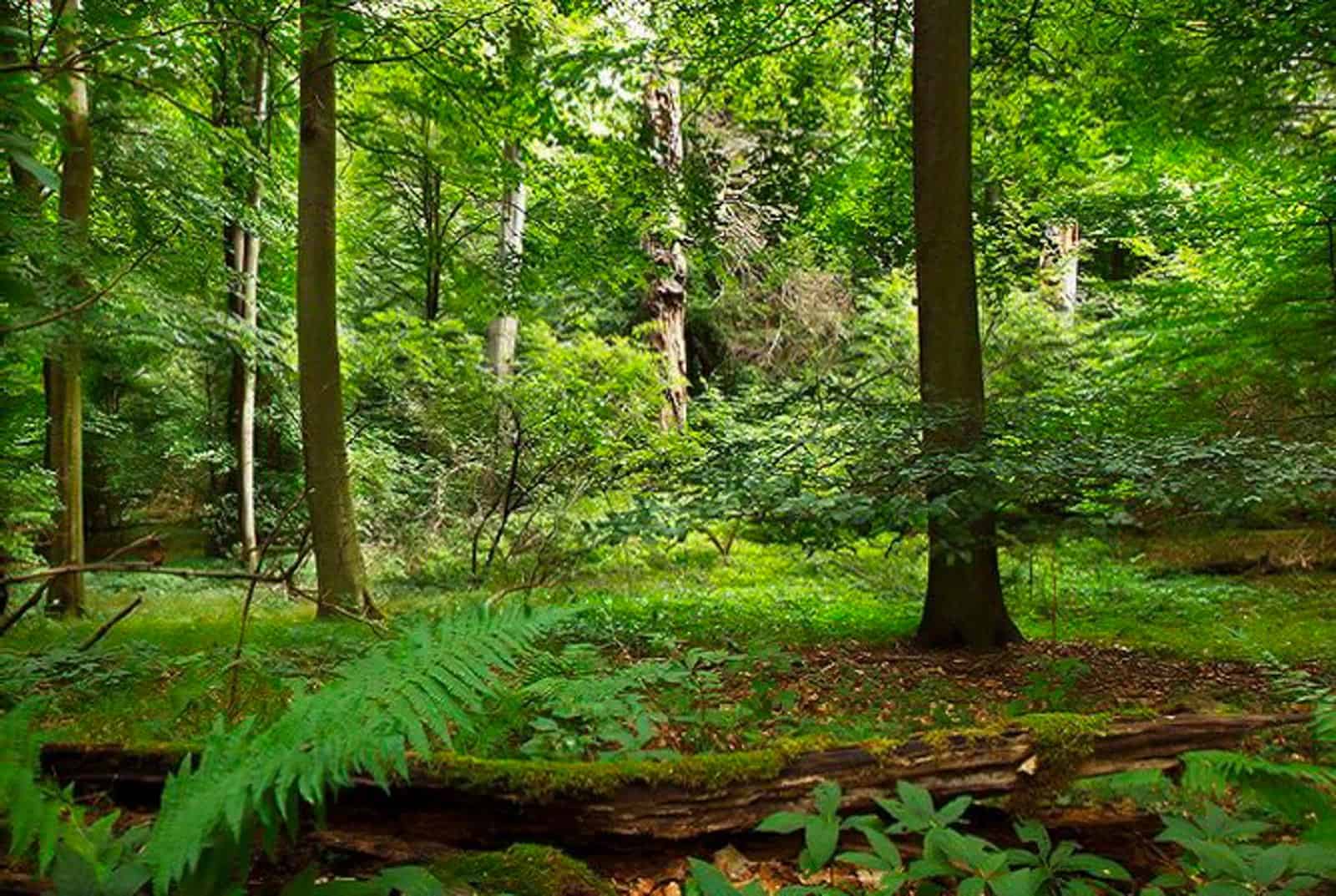
Biosphere Reserve Schorfheide Wilderness 0066.jpg – © European Wilderness Society CC BY-NC-ND 4.0 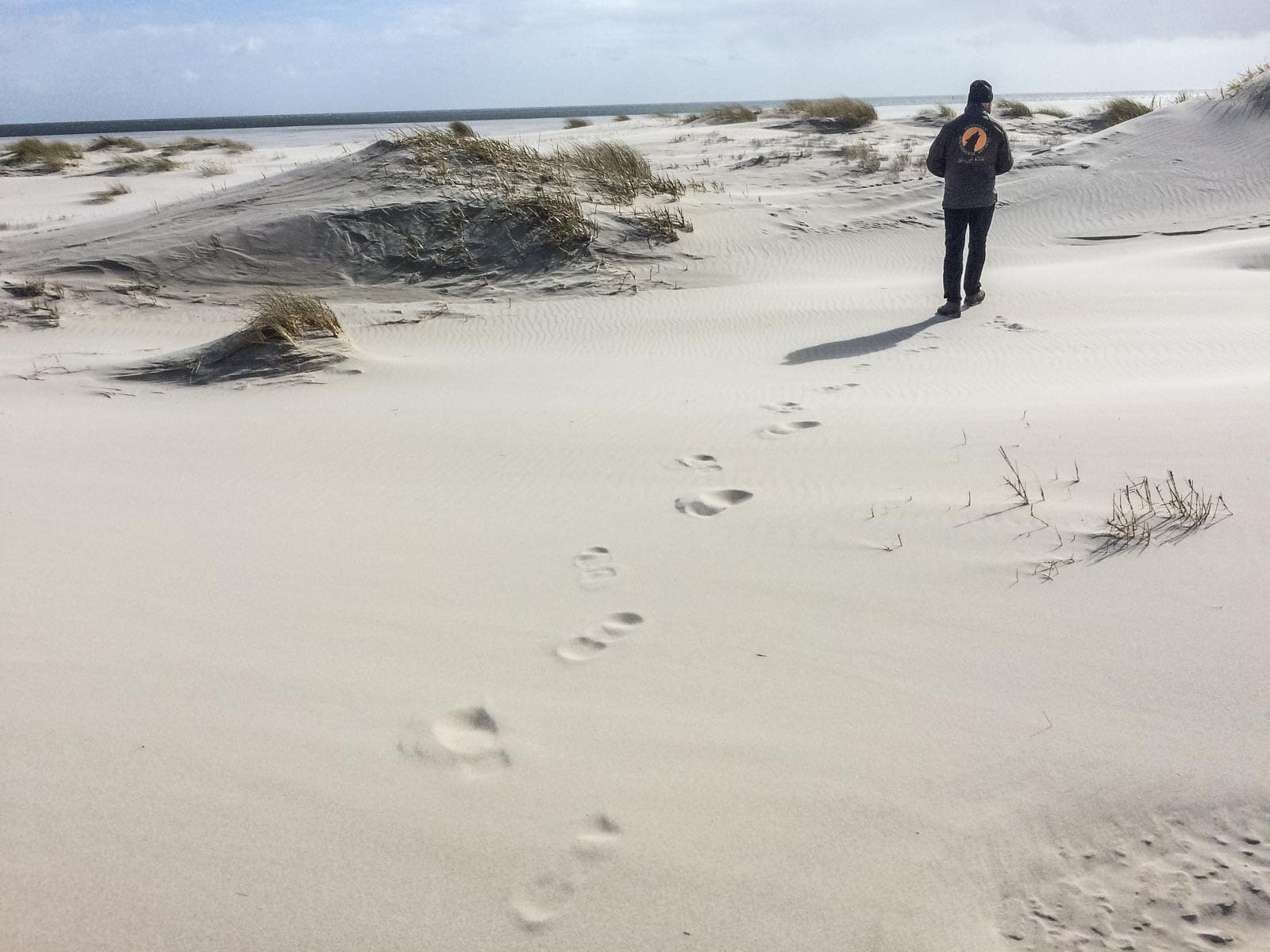
WILDCoast Amrum North Sea-30.jpg – © European Wilderness Society CC BY-NC-ND 4.0 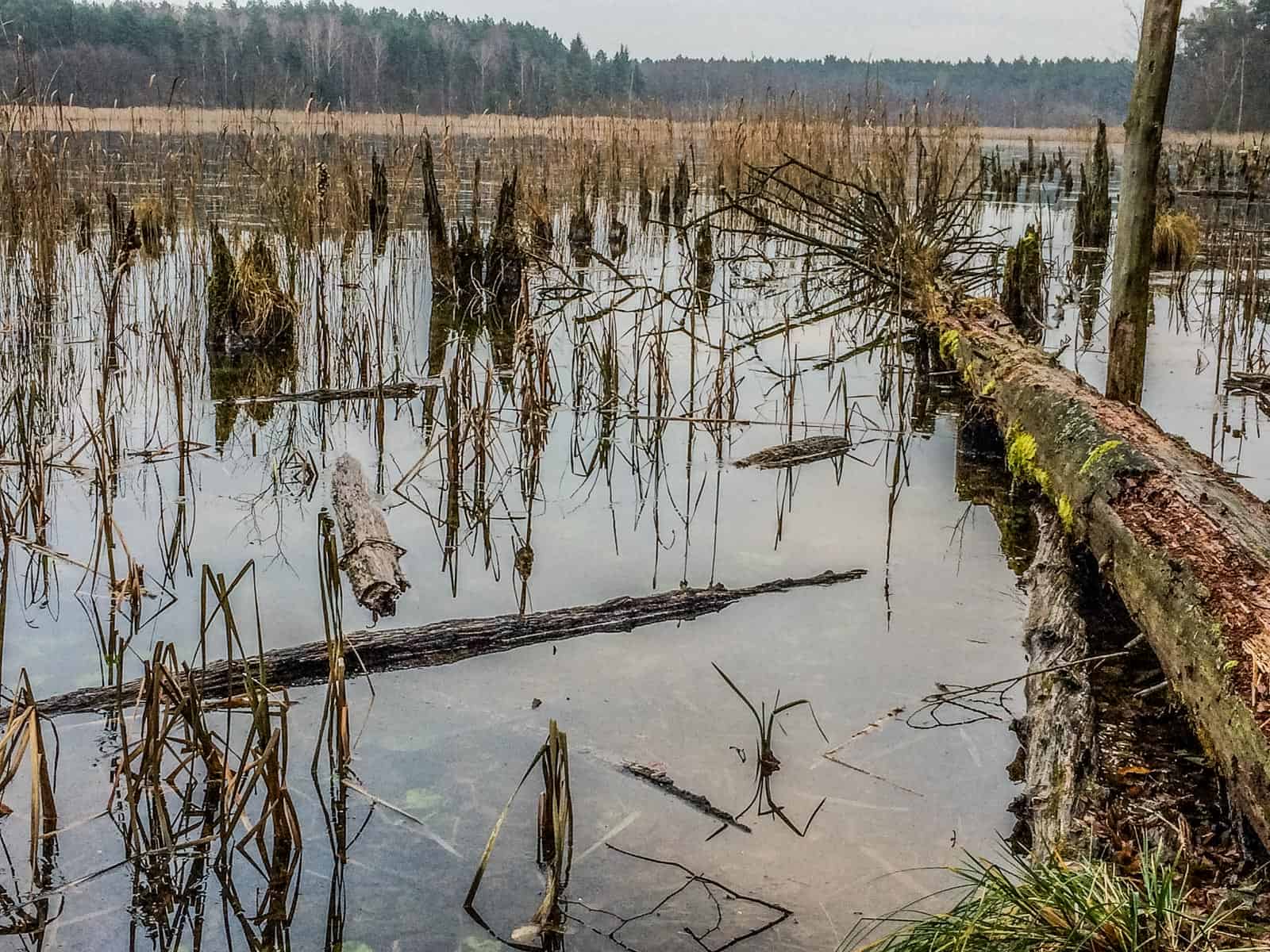
Mueritz National Park 2701.jpg – © European Wilderness Society CC BY-NC-ND 4.0 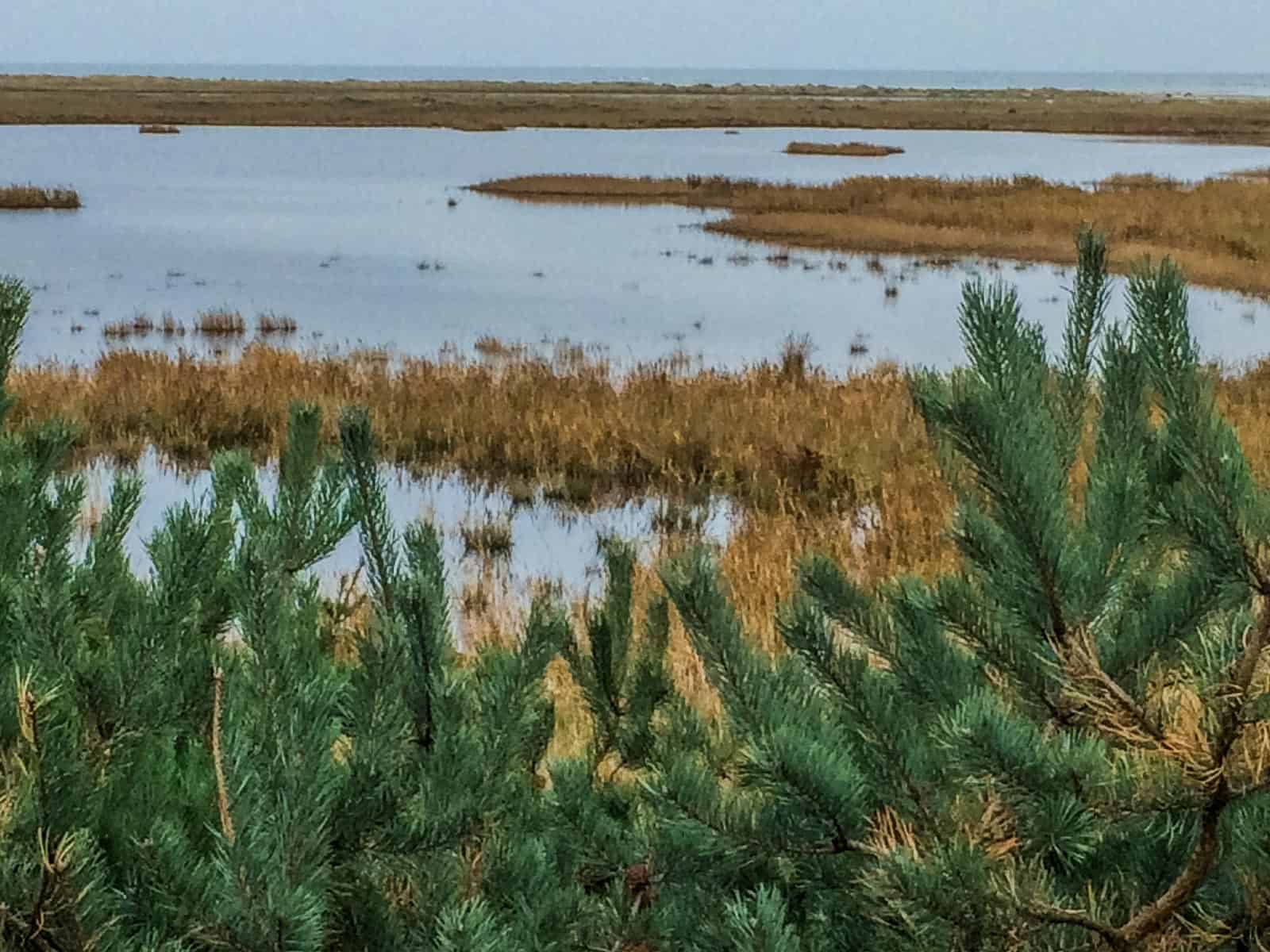
Baltic Coast 2178.JPG – © European Wilderness Society CC BY-NC-ND 4.0 
Bavarian National Park Sumava – 1237.jpg – © European Wilderness Society CC BY-NC-ND 4.0









